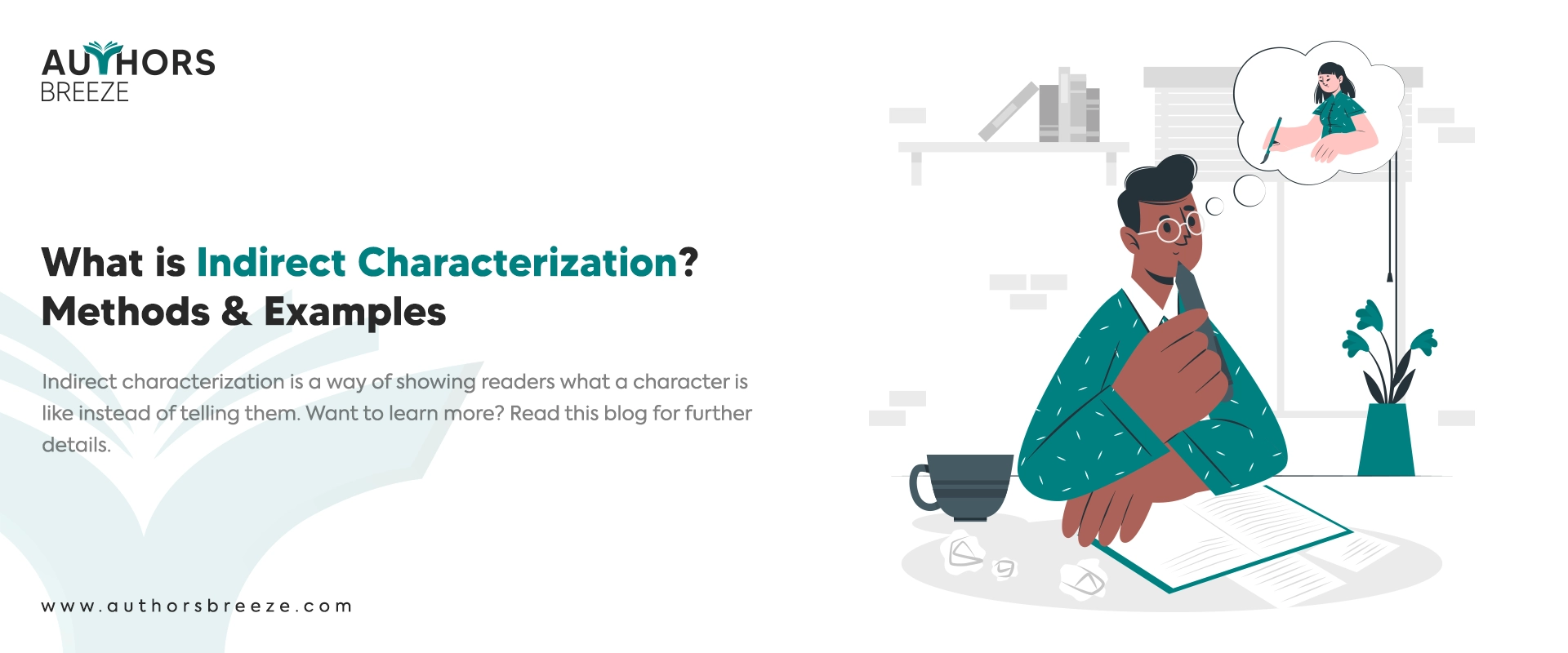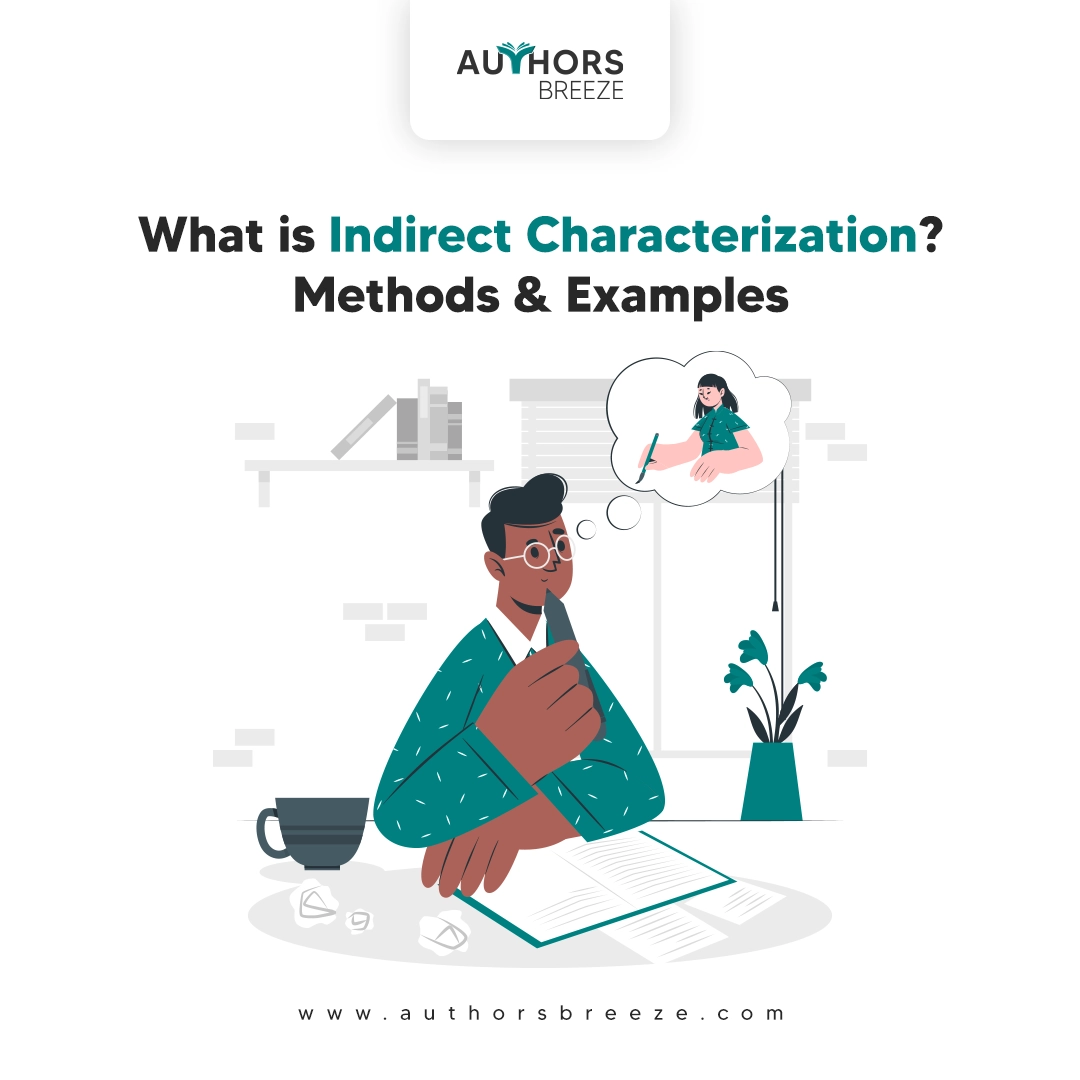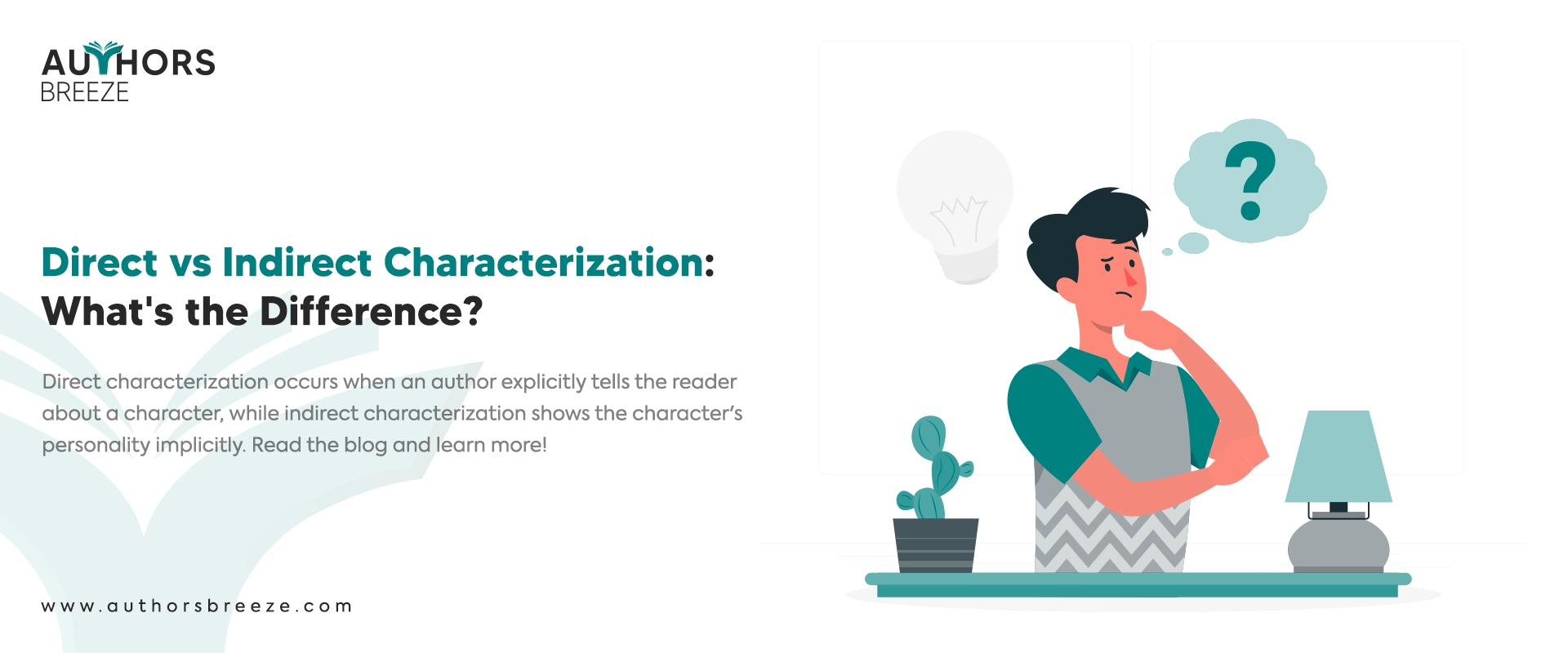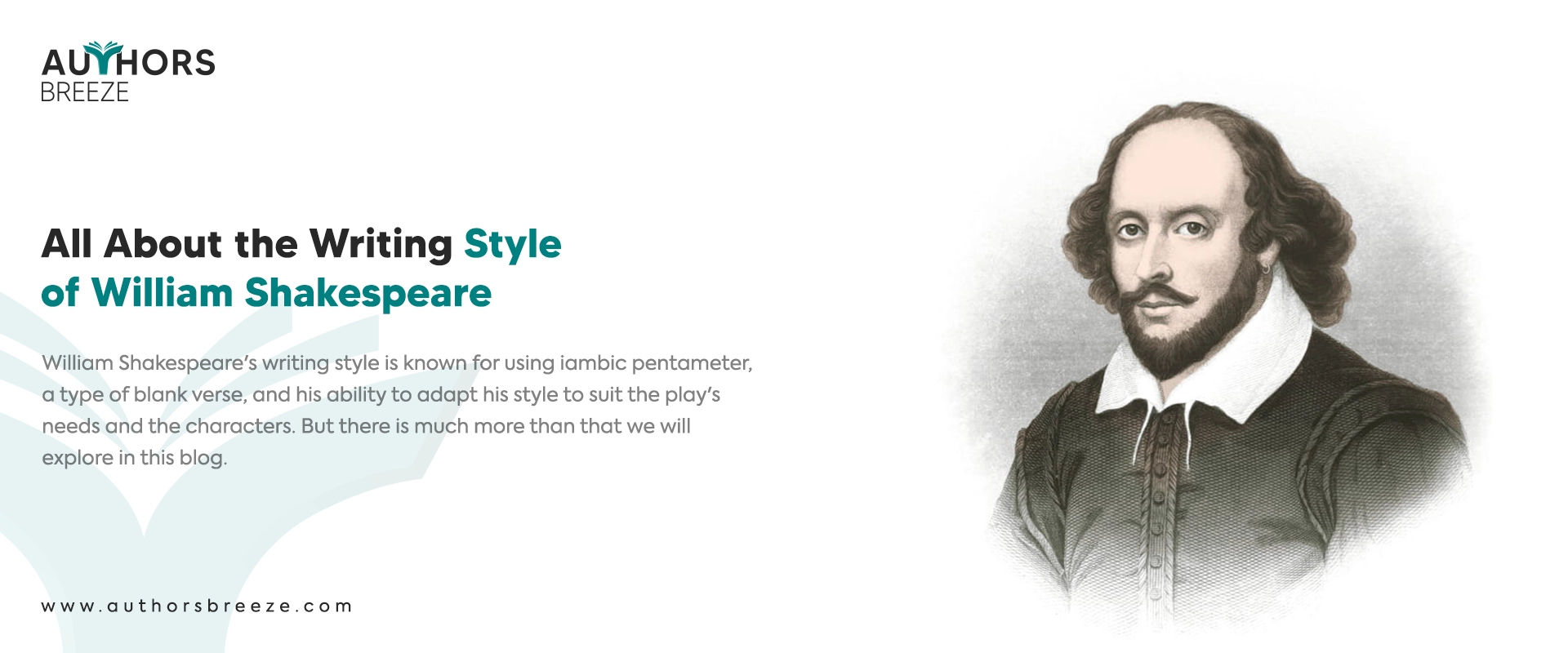Don’t Have Time To Read? Listen To What is Indirect Characterization? Methods & Examples!
Key Takeaways: What is Indirect Characterization? Methods & Examples
Are you studying literature or improving your creative writing? Let us help you enhance your storytelling skills by guiding you on indirect characterization and mastering it.
- Indirect characterization is a literary method of showing the traits of a character through actions, words, thoughts, appearance, and reactions from others instead of directly describing them.
- The five ways to portray indirect characterization can be remembered as STEAL. Speech – What a character says and how they say it. 2. Thoughts – The inner feelings and motivations of a character. 3. Effect on Others – How other characters react to them. 4. Actions – What a character does and how they behave. 5. Looks – Physical appearance and body language.
- Classic examples include Mr Darcy’s pride in Pride and Prejudice and Atticus Finch’s bravery in To Kill a Mockingbird. Film and TV examples like Walter White in Breaking Bad or Arya Stark in Game of Thrones highlight how actions and subtle details reveal character traits.
Don’t Tell, Show Your Characters
Do you find it hard to describe your characters? Let our skilled ghostwriters reveal your characters to readers through STEAL.
Introduction
Have you ever met a character who felt so real that you practically knew them? That is the magic of indirect characterization. Instead of simply telling you what a character is like, authors use subtle clues to reveal their personality. For instance:
“A character who constantly checks their reflection might be portrayed as vain, even without the author explicitly stating it.”
So, how do writers achieve this? Let’s dive into the art of showing, not telling, and define indirect characterization for you.
There are two ways to show character traits: direct (explicit) and indirect (implicit).
What is Direct Characterization?
Direct characterization is where a storyteller directly tells you about a character. For example:
Saying, “He was selfish and greedy.”
If you wanna know more about it and how to use it effectively in your writing. Check out What is Direct Characterization? for a deeper dive into this storytelling technique.
Now, let’s move on to the simple definition of indirect characterization in literature.
What is Indirect Characterization?
So, what does indirect characterization mean?
“Indirect characterization is a literary device authors use to show what a character is like through their actions, words, thoughts, or how others react to them.”
If we have to tell you the meaning of indirect characterization, we can say it is like detective work for readers. Instead of the writer directly telling you what a person or a fictional character is like (for example, “Sarah was a generous person”), they give you clues, and you have to figure it out yourself.
To cut a long story short, suppose you get to know someone not by what they tell you about themselves but by:
- observing their actions,
- listening to their conversations,
- and noticing how others react to them.
That is indirect characterization, in short.
Authors use this method to reveal the personality of a character through subtle clues, allowing readers to form their own conclusions. You may also see authors calling it implicit characterization. Other indirect characterization synonyms include the following:
- secondary characterization
- subtle characterization
- ambiguous characterization
- passive-aggressive characterization
So don’t mix them up. They all indicate the same concept.
Types of Indirect Characterization
There are five key types of indirect characterization, often remembered by the acronym STEAL:
Speech
What does the character say? How do they speak?
For instance:
“A character who uses a lot of slang might be portrayed as young or rebellious. Conversely, a character who speaks formally might be seen as educated or traditional.”
Thoughts
What is the character thinking? What are their inner feelings and motivations?
For example:
“A character might think about how they can’t wait to get home and relax, revealing their desire for peace and quiet.”
Effect on Others
How do other characters react to this character? What do they say about them?
For instance:
“If other characters avoid someone or speak ill of them, it suggests that the character is unpleasant or untrustworthy. In contrast, if other characters seek their company or praise them, it indicates that the character is kind or admirable.”
Actions
What does the character do? How do they behave?
For example:
“A character who frequently helps others is likely to be seen as compassionate. On the other hand, a character who is always picking fights is likely to be seen as aggressive.”
Looks
What does the character look like? What is their appearance?
For instance:
“A character who dresses in all black and wears heavy makeup might be seen as rebellious or mysterious. On the contrary, a character who dresses in bright colors and always has a smile on their face might be seen as cheerful or outgoing.”
Still confused? Let’s explain it to you by portraying a specific character trait, i.e., generosity.
Suppose you want to portray a character as generous. Instead of directly stating, “He was a generous man,” you could use indirect characterization:
Speech: “Here, take this,” he said, handing the homeless man his own lunch.
Thoughts: He thought to himself, “I’m glad I could help someone in need.”
Effect on others: The homeless man smiled gratefully and said, “Thank you, kind sir.”
Actions: He regularly volunteered at the local soup kitchen.
Looks: He wore simple clothes, suggesting that he didn’t prioritize material possessions.
Methods of Indirect Characterization: How to Use Indirect Characterization?
Creating interesting characters is an integral part of storytelling. One way to make characters feel real is through indirect characterization. You can show who they are through their actions, words, and how others see them instead of directly telling readers what they’re like.
So, let’s look at some simple methods of indirect characterization that you can use to bring characters to life.
Dialogue
The way a character talks can tell us a lot about them, such as their personality, background, and emotional state. Their choices of words, tone, and speech patterns give readers insight without explicitly stating traits.
For example:
“I’m sorry, ma’am. I didn’t mean to trouble you,” James said quietly, looking nervous.
Here, James’s polite words and nervous tone show he’s humble and uneasy.
Actions
What a character does often speaks louder than what they say. Actions reveal priorities, values, and motivations. Readers can gauge the bravery, selfishness, kindness, or even ruthlessness of a character through their decisions and behaviors.
For instance:
“Instead of running away, Lila grabbed the child’s hand and helped him escape.”
This shows Lila is brave and cares about others.
Looks and Body Language
The physical appearance of a character can hint at their lifestyle, personality, or circumstances.
For example:
“Goth characters often wear dark clothing, heavy makeup, and accessories that symbolize rebellion or mystery, reflecting their unique traits.”
Similarly, how characters carry themselves—facial expressions, posture, and gestures—can convey mood, emotions, or hidden thoughts.
For instance:
“With a frowning face, Mia stood at the edge of the room, her eyes scanning for an exit.”
This description helps readers feel Mia’s tension without stating she’s angry.
You can also portray flat characters effectively through this method.
For example:
“A background character might consistently wear a uniform.”
This symbolizes their role without deeper exploration.
Thoughts and Inner Monologue
The internal dialogue of a character can give readers clues about their emotions and motivations. They might not be evident through actions or dialogue. You can use this method to uncover secrets, fears, or desires.
For instance:
“If they find out what I did, then I’ll be in big trouble.”
This thought shows the character is hiding something and feels worried.
Reactions from Others
How other characters perceive, interact with, or speak about a character can shed light on their traits. This method adds layers to the characterization as readers learn through different points of view.
For example:
“You can always count on Sarah,” Mark said, smiling. “She’s got a way of making you feel like you matter.”
This tells us Sarah is reliable and kind.
Setting and Environment
The spaces a character spends time in or the things they own can reveal personality and preferences. Details such as a cluttered desk, an organized wardrobe, or a dimly lit home provide indirect clues about the habits and mindset of a character.
For instance:
“Her room was full of scattered drawings, paint-covered clothes, and piles of notebooks.”
This shows she is creative and does not care much about being neat.
Symbolism and Metaphor
Sometimes, linking a character with symbolic elements can subtly highlight what they’re feeling or what they’re like. A character frequently shown with wilting flowers might symbolize fading hope or despair.
For example:
“The storm outside seemed just like John’s gloomy mood.”
This connects John’s feelings to the storm, showing he’s feeling down without explicitly labeling him.
Conflict and Choices
How a character responds or reacts to problems, tough decisions, or conflicts can reveal their inner strength, values, and vulnerabilities. Decisions made under pressure often showcase their true nature.
For instance:
“Faced with a chance to escape, Jack hesitated, looking back at his injured friend. “I can’t leave you behind,” he said, kneeling to help.”
This shows Jack is loyal and brave.
Relationships and Interactions
“The way a character interacts with a foil character can highlight contrasting traits.
For example:
“In Pride and Prejudice, the sharp wit and intelligence of Elizabeth Bennet are emphasized when juxtaposed with the gentle and reserved demeanor of her sister Jane.”
The dynamics between a character and those around them—friends, enemies, family, or strangers—can offer valuable insights.
For instance:
“While others avoided the stray dog, Elena knelt down and shared a piece of her sandwich with him.”
This small gesture portrays Elena as caring and generous.
Pacing and Narrative Voice
The way a character’s story is told can shape how the audience perceives them. A fast or chaotic writing style might show a busy or anxious person. On the other hand, calm writing might show a thoughtful one.
For example:
“The story zigzagged through Blake’s chaotic thoughts, each sentence more erratic than the last.”
The quick pace makes readers feel Blake’s anxiety.
Why Use Indirect Characterization?
Authors use characterization indirectly to develop more complex and realistic characters. However, there are more reasons why you should use this tactic in your writing.
To Enhance Reader Engagement
When you characterize your characters indirectly, you give your readers a puzzle to solve. Instead of simply stating facts about a character, you provide clues and let the reader piece together the personality. Then, they decipher the character and become more invested in the story. As a result, it creates a more immersive and engaging experience for the reader.
To Add Complexity
Indirection allows for more subtle and nuanced character development. People in real life are complex and multifaceted, and indirect characterization enables you to portray that complexity in your characters.
Rather than labeling someone as “kind” or “rude,” you can show their kindness through their actions,
for example:
“Perhaps they consistently volunteer at a soup kitchen.”
Or their rudeness through their words and interactions with others,
for instance:
“Maybe they often interrupt and dismiss the opinions of other people.”
This “show, don’t tell” approach creates more believable and relatable characters.
For Heightened Discovery
Indirect characterization can add depth and realism to your story. Revealing character traits gradually creates a sense of discovery for the reader, making the characters feel more believable and relatable.
For example:
“A character who initially appears shy might reveal a hidden strength through their actions in a crisis.”
For Creating Intrigue
Hinting at hidden aspects of a character builds suspense. By withholding information, you can leave readers guessing and wanting to learn more, keeping them engaged.
For instance:
“A character’s mysterious past might be hinted at through cryptic comments or reactions, prompting the reader to speculate about their true history.”
When to Use Indirect Characterization?
While crafting a story, you want your characters to feel real and relatable. One way to achieve this is by using indirect characterization. So, let’s explore when to employ it:
Revealing Personality Gradually
Firstly, it’s ideal for gradually unveiling a character’s personality.
For instance:
Instead of saying, “John was a generous man,”
You could describe how he consistently volunteers at the local soup kitchen and always offers a helping hand to those in need.
This way, the reader infers John’s generosity through his actions.
Creating Complex Characters
Indirect characterization allows you to develop round characters who exhibit depth and growth.
For example:
“Jay Gatsby in The Great Gatsby, whose motivations and flaws are revealed gradually.”
Indirect characterization is also perfect for making lifelike characters. By showcasing their conflicting actions or inner thoughts, you add depth and realism to their personalities.
For instance:
“A character might appear confident on the outside, but harbor deep insecurities revealed through their nervous habits or self-deprecating thoughts.”
Showing the Evolution of Characters
This technique is invaluable if you want to demonstrate character development throughout the story. As the plot unfolds, you can subtly reveal how events impact a character’s beliefs, values, and behaviors.
For example:
“A once timid character might gradually become assertive and decisive after facing a series of challenges.”
Building Believable Storyline
In addition, indirect characterization helps you create creating immersive scenarios. So, pay attention to how characters interact with their surroundings and react to other characters. As a result, you can paint a vivid picture of their personalities and relationships.
For instance:
“A character who constantly interrupts others and disregards their opinions might be perceived as rude and inconsiderate.”
Indirect Characterization Examples in Literature
You can look at examples of indirect characterization to explore morally grey characters.
For example:
“Walter White in Breaking Bad transitions from a sympathetic figure to one whose morality is blurred.”
This example showcases the complexity of human nature through subtle actions and decisions.
“Pride and Prejudice” by Jane Austen
Mr Darcy’s pride is revealed through his dismissive comments about Elizabeth Bennet at the ball:
“She is tolerable but not handsome enough to tempt me.”
This shows his arrogance and social prejudice.
“To Kill a Mockingbird” by Harper Lee
Atticus Finch’s morality and bravery are shown when he quietly sits outside the jail to protect Tom Robinson from a mob without explicitly stating he is courageous.
“The Great Gatsby” by F. Scott Fitzgerald
Gatsby’s obsession with Daisy is shown by how he throws lavish parties, hoping she will attend, rather than directly confessing his feelings.
Examples Of Indirect Characterization In Movies
“The Dark Knight” (2008)
The Joker’s chaotic and manipulative nature is revealed through his actions, such as burning a pile of money, showcasing his disregard for material wealth and focus on anarchy.
“Titanic” (1997)
Jack’s selflessness and love for Rose are shown when he gives up the floating door, ensuring her survival, rather than directly declaring his devotion.
“The Godfather” (1972)
Michael Corleone’s transformation is depicted through his gradual involvement in the family business, such as ordering a hit on rival mob bosses, reflecting his loss of innocence and growing ruthlessness.
Indirect Characterization Examples from TV/Web Series
“Breaking Bad”
Walter White’s descent into moral corruption is revealed through his calculated actions, like poisoning Brock, rather than directly stating he has become manipulative and dangerous.
“Stranger Things”
Eleven’s kindness and vulnerability are shown when she sacrifices her safety to protect her friends, even though she rarely articulates her feelings due to limited social skills.
“Game of Thrones”
Arya Stark’s resilience and determination are shown as she trains with the Faceless Men, surviving brutal conditions without explicitly stating her goals.
What is the Difference Between Direct and Indirect Characterization?
Suppose you get to know someone by what they tell you about themselves. For example:
“I’m an introvert.”
That is a direct characterization!
On the other hand, you observe their actions, listen to their words, and see how others react to them. For instance:
“You can see he always spends time alone.”
That is an indirect characterization!
In short:
Direct (Explicit): The author tells you.
Indirect (Implicit): The author shows you.
Conclusion
All the things we have discussed above in the blog about indirect characterization will help you create believable and relatable characters. Now, it is time to use what you have learned.
In case you face any difficulty bringing your characters to life, contact Authors Breeze. We help writers like you turn ideas into incredible stories. Whether you need help shaping your characters, editing your manuscript, or publishing your book, we are here to support you.
Frequently Asked Questions
How should a reader analyze indirect characterization?
To analyze indirect characterization, a reader should closely observe the actions, dialogue, thoughts, and interactions of a character with other characters.
Which method of indirect characterization does the author use to characterize Roger Chillingworth?
Nathaniel Hawthorne, the writer of “The Scarlet Letter,” used Hester Prynne’s (Roger Chillingworth’s wife) thoughts or feelings to describe his character traits.
Based on the indirect characterization, which is the most logical inference?
Based on indirect characterization, the most logical inference is the interpretation of the personality traits, motivations, or beliefs of a character based on their actions, dialogue, and interactions with other characters within a story rather than explicit statements about their nature.
Which excerpt from Chapter 1 of Animal Farm is an example of indirect characterization?
“The pigs were the only animals on the farm who could read and write, and it was they who soon came to understand the meaning of the rebellion that was brewing among the animals.”
The above excerpt reveals the pigs’ intelligence and leadership potential without explicitly stating it, allowing the reader to infer their character traits based on their ability to read and write, which will later play a key role in their manipulation of the other animals.
Get Ebooks With Indirect Characterization
Our ebook writers craft characters through actions and subtle details, creating a rich and immersive reading experience for your audience.







